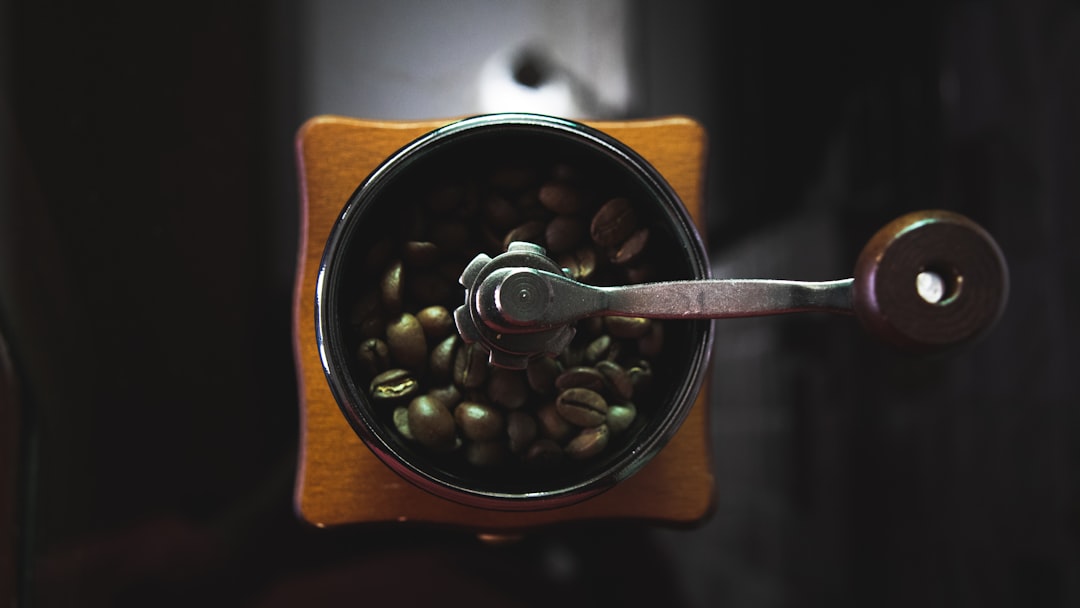Espresso has long been associated with dark roasts and bold flavors, but the rise of third-wave coffee has shifted the spotlight toward lighter roasting profiles. Among this new territory, light-roast espresso stands out as one of the most nuanced and technically demanding styles to brew. These coffees often offer complex flavor profiles, higher acidity, and a clearer window into the coffee’s origin. However, getting a light-roast espresso shot “dialed in” can be an entirely different beast compared to their darker counterparts.
TLDR
Light-roast espresso can unlock bright, vibrant flavors and highlight the unique characteristics of a coffee’s origin. However, brewing it requires a higher level of control over factors like temperature, grind size, dose, and extraction time. Expect a longer dialing-in process, and be prepared to make more precise adjustments at each stage. Paying attention to variables like pressure and water chemistry can make a significant difference when working with light roasts.
Understanding Light-Roast Espresso
Light-roasted beans are roasted for less time, preserving more of their inherent flavors and often resulting in a coffee that’s more acidic and less bitter. While delicious when brewed correctly, their lighter structure requires more discipline and understanding when used for espresso. The lack of developed sugars and solubles can result in underwhelming or overly sharp espresso if not carefully managed.
Several key characteristics define the brewing challenges with light roasts:
- Dense structure: Light roasts are usually denser than darker roasts, requiring finer grind sizes and often higher extraction temperatures.
- Higher acidity: If over-extracted, they can taste sour or astringent; if under-extracted, they may be grassy or hollow.
- Lower solubility: They require more energy (heat and pressure) to extract flavor compounds effectively.
Dialing In: The Essential Variables
Dialing in a light-roast espresso involves adjusting a variety of parameters to achieve a balanced and flavorful shot. Consider this a science experiment where every variable contributes to your end result.
Dose
The amount of ground coffee you use plays a foundational role. With light roasts, using a slightly higher dose—typically between 18g to 21g for a double shot—can help improve extraction consistency and flavor strength.
Grind Size
Because light coffees are denser, a finer grind is often necessary to delay the flow rate and extract more soluble compounds. If your espresso flows too quickly and tastes sour or watery, start by tightening your grind slightly.
Extraction Time and Ratio
While traditional espresso recipes might call for a 1:2 brew ratio (e.g., 18g in, 36g out), light roasts often benefit from a longer ratio and time. Consider experimenting with 1:2.5 or 1:3 ratios and aiming for 30–40 seconds total extraction time. This extended time allows for greater extraction of those hard-to-reach flavor compounds.

Water Temperature
Using water that’s too cool will not extract enough from the dense beans, leading to underdeveloped espresso shots. We recommend temperatures between 200°F–203°F (93°C–95°C). Higher temperatures aid in dissolving those stubborn flavor compounds and balancing out the acidity.
Pressure
Light-roasted beans respond well to controlled pressure profiles. A shot that starts with a lower pressure and gradually increases (pressure profiling) can help manage the extraction rate and improve clarity of flavor. Machines that allow for pressure profiling are invaluable when working with high-quality light roasts.
Taste and Sensory Feedback
Your palate is your best tool when dialing in light espresso. Always pull multiple test shots and adjust according to taste along with the brew parameters.
Here are some common problems and how to address them:
- Sourness or sharp acidity: Grind finer, increase temperature, and verify your shot time meets the desired extraction window.
- Thin or watery body: Increase dose or reduce output yield. Try a tighter ratio like 1:2.
- Astringency or bitterness: Coarsen the grind slightly and shorten the shot time. Reduce pressure if your machine allows it.
Importance of Freshness and Storage
With light-roast espresso, freshness plays a crucial role. Lighter roasts often degas slower than darker roasts, needing more rest time post-roast before reaching peak flavor. Aim to use beans that are 7 to 14 days off roast for best results.
Proper storage is also vital. Exposure to oxygen, humidity, and temperature fluctuations can seriously affect the quality of light-roasted coffee. Use airtight containers and store in a cool, dry place—never in the refrigerator.
Water Chemistry and Its Impact
Water makes up 90%+ of your espresso, and its chemical composition can dramatically influence how light roasts behave during brewing. Use water with the following general characteristics:
- Calcium hardness: 50–70 ppm
- Magnesium levels: 10–20 ppm, as it aids in flavor clarity
- pH: Around 7.0 for neutrality
If your water is too hard or chemically imbalanced, it can skew extraction and obscure the nuanced flavors that light roasts can deliver.

Tools That Can Help
If you’re serious about dialing in light-roast espresso, consider investing in precision tools:
- High-quality grinder: Consistent, fine particle distribution is crucial.
- Espresso scale with a timer: Helps you stick to your target ratios and times.
- Distribution tools and tamper: Ensures even extraction across your puck.
- Pressure profiling machine or puck screen: Improves flow and clarity of flavors.
Working with Milk
Light-roast espresso behaves differently in milk-based drinks. The brighter flavor profile might be overwhelmed by the creaminess of milk, so you may need to either increase the shot strength (e.g., shorter ratio or higher dose) or use microfoam that’s dialed in to be less sweet and more neutral.
Alternatively, consider serving lighter roasts as cortados or flat whites to retain more of the espresso’s clarity while enjoying the milk texture.
Conclusion
Light-roast espresso stands at the frontier of modern coffee craftsmanship. It’s an expression of agricultural complexity and roast precision, but unlocking its full potential requires thoughtful brewing and a willingness to experiment. As with all things in coffee, your best tools are patience, curiosity, and a willingness to make small adjustments based on real feedback from your palate.
By mastering your variables—dose, grind, time, temperature, pressure, and water—you can dial in shots that showcase a coffee’s true personality. While it may take a bit more effort than traditional espresso, the rewards are well worth it for the discerning barista or coffee enthusiast.


